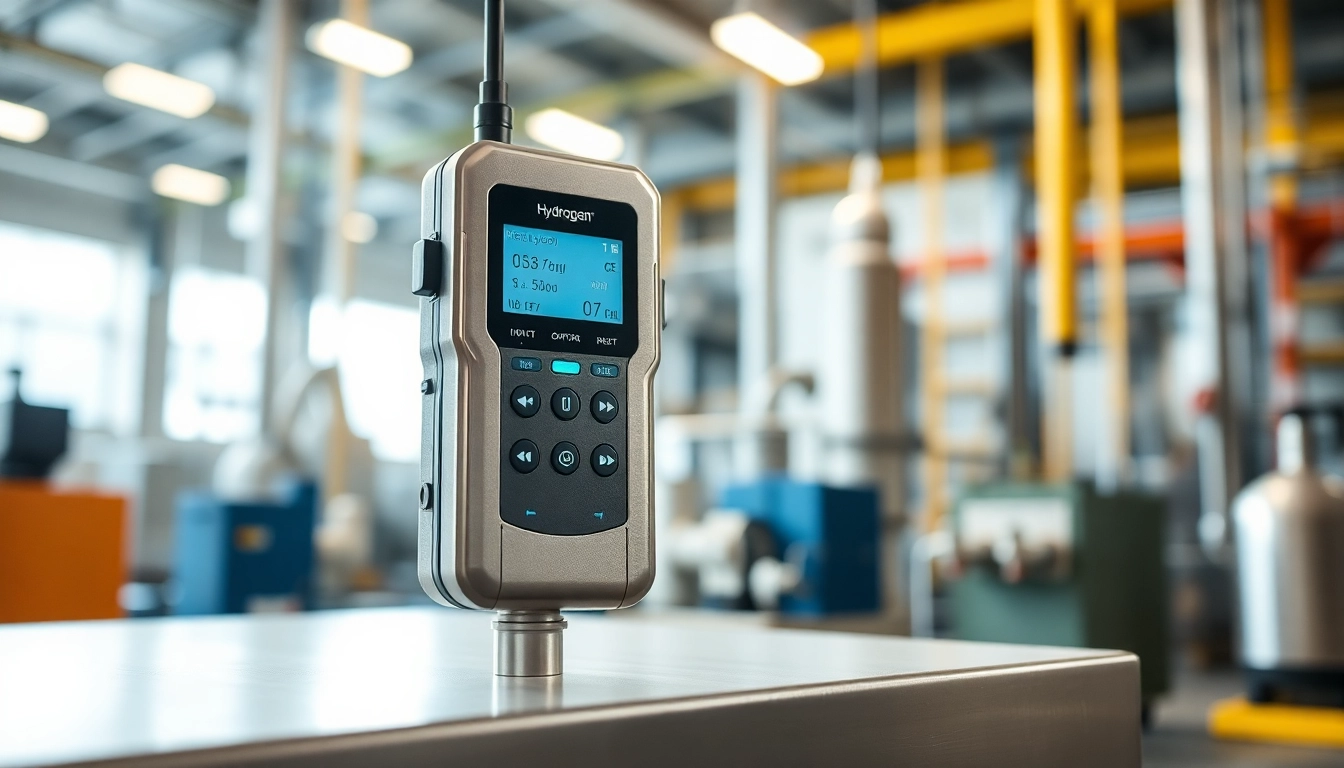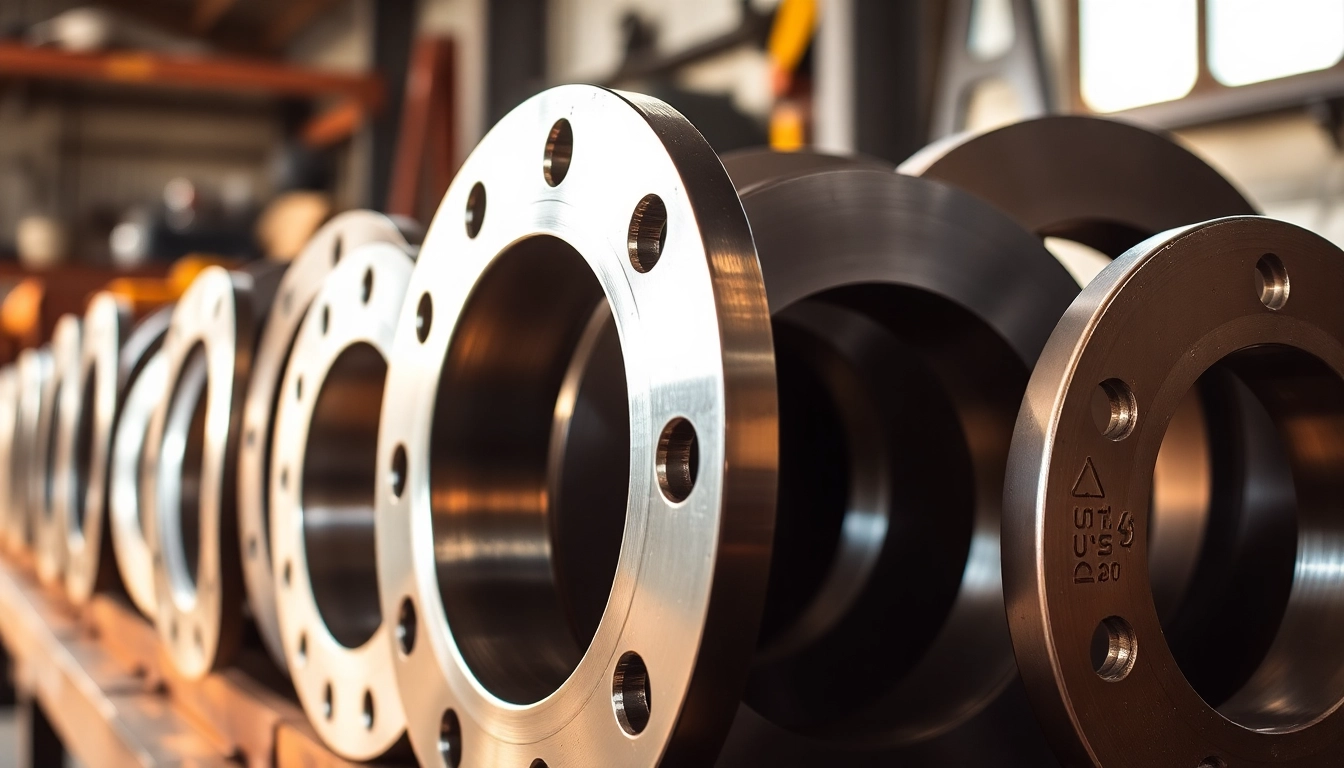Understanding Hydrogen Detectors
1. What is a Hydrogen Detector?
A hydrogen detector is a device used to identify and quantify the presence of hydrogen gas in a specific environment. Primarily designed for areas where hydrogen is used or stored, these detectors play a critical role in maintaining safety standards across various industries. Hydrogen is a flammable gas that can pose significant risks if not appropriately monitored, especially in environments like laboratories, chemical plants, and battery storage facilities. By utilizing advanced sensing technology, these detectors ensure early detection of hydrogen leaks or unsafe concentration levels.
2. How Do Hydrogen Detectors Work?
Hydrogen detectors operate based on several sensing mechanisms, mainly focusing on changes in electrical properties. The most common types utilize semiconductor sensors, typically constructed from metal oxide semiconductors, like tin dioxide (SnO₂). When hydrogen gas is present, it reacts with the semiconductor material, resulting in a change in its electrical conductivity. This variation is measured electronically and correlated with hydrogen concentration.
Another common technology is the catalytic combustion sensor, which works by oxidizing hydrogen gas on a catalyst, generating heat. This heat results in a change in temperature that is detected and measured, indicating the amount of hydrogen present. Furthermore, there are optical sensors that utilize infrared technology to measure gas concentrations without direct contact.
3. Types of Hydrogen Detectors Available
Hydrogen detectors come in various forms, each catering to different applications and environments. The most common types include:
- Portable Hydrogen Detectors: Ideal for fieldwork, these lightweight devices can be carried easily and provide real-time measurements of hydrogen gas levels. They are suitable for inspections and emergency response scenarios.
- Fixed Hydrogen Detectors: These are installed in a specific location, often near potential leak sources. They feature continuous monitoring capabilities and can be connected to central alarm systems, providing alerts when hydrogen concentrations exceed safe levels.
- Multi-Gas Detectors: Some detectors are capable of measuring multiple gases, including hydrogen as well as methane, CO2, and VOCs. This versatility is especially important in environments where multiple gases can pose risks.
- Area Monitors: Used to monitor a larger space, area monitors are typically mounted on walls or ceilings, offering comprehensive coverage and detection and are often integrated with alarms and ventilation systems.
Applications of Hydrogen Detectors
1. Industrial Use Cases for Hydrogen Detectors
In various industrial applications, hydrogen detectors are essential for ensuring safety protocols and compliance with regulations. Industries such as oil refining, chemical production, and food processing often utilize hydrogen for multiple processes, from reactions to storage. For instance, in petroleum refining, hydrogen is used in hydroprocessing to improve fuel quality. Detecting any leaks promptly safeguards both personnel and equipment, preventing catastrophic incidents.
2. Importance in Battery Storage Facilities
Hydrogen detectors are particularly vital in battery storage facilities, where hydrogen gas can accumulate during the charging and discharging processes. Lithium-ion batteries, widely used in electric vehicles and renewable energy storage, can produce hydrogen gas as a byproduct, making the monitoring of hydrogen levels critical. A robust hydrogen detection system ensures ventilation activation and appropriate alarm thresholds to mitigate the risk of fire or explosion.
3. Environmental Monitoring and Safety Regulations
Regulatory bodies, such as OSHA and EPA, emphasize the need for gas detection systems in industrial environments to protect both workers and the surrounding ecosystem. Hydrogen detectors assist in compliance with safety regulations by providing critical data for risk assessments and incident reporting. They can also be employed in environmental monitoring to track hydrogen emissions and ensure that facilities adhere to environmental protection standards.
Choosing the Right Hydrogen Detector
1. Key Features to Consider
When selecting a hydrogen detector, several key features should guide the decision-making process:
- Detection Range: Consider the expected concentration levels of hydrogen gas in the environment. Choose a detector with a suitable range to ensure accurate measurements.
- Response Time: Look for detectors with fast response times, ideally within seconds, to facilitate timely interventions.
- Power Source: Portable detectors often require rechargeable batteries, while fixed detectors may utilize AC power. Ensure that the power source aligns with site conditions.
- Calibration Needs: Detectors need regular calibration to maintain accuracy. Understand the calibration process and frequency required for the detector model you choose.
- Temperature and Humidity Range: Ensure the detector can function effectively within the temperature and humidity conditions of the application environment.
2. Comparing Different Models
When comparing different hydrogen detector models, consider evaluating the following criteria:
- Accuracy: Examine the accuracy ratings of various models, and seek those providing detailed specs regarding linearity and reproducibility.
- Certifications and Standards: Ensure the product adheres to industry standards, such as UL or ATEX certifications, ensuring reliability in hazardous environments.
- Alarm Systems: Review how each model’s alarm system is configured. Models that offer both audible and visual alerts alongside customizable alarm thresholds can provide better protection.
- Integration Capabilities: Analyze whether the model can be integrated with existing safety systems, like fire alarms or ventilation controls.
3. Understanding Calibration Standards
Calibration is pivotal to ensuring the accuracy and efficacy of hydrogen detectors. It’s essential to understand industry standards for calibration, which can vary based on the type of detector and its application. Many models are calibrated using hydrogen detector calibration gases at known concentrations to set a baseline for accurate measurements. Regular recalibration is necessary, following the manufacturer’s guidelines or industry regulations to maintain operational integrity and compliance.
Maintenance and Best Practices
1. Regular Maintenance Tips for Hydrogen Detectors
Routine maintenance is crucial to the performance and longevity of hydrogen detectors. Here are some tips for effective maintenance:
- Regular Testing: Implement a schedule for testing the detector’s functionality at predetermined intervals to ensure it is operating correctly.
- Battery Checks: For portable units, check and replace batteries regularly to avoid power failures during crucial monitoring periods.
- Sensor Cleaning: Keep sensors clean and free from obstructions by following the manufacturer’s cleaning recommendations. Contaminants can affect sensor efficiency.
- Calibration Records: Maintain documentation of all calibration records and maintenance actions taken, which is vital for compliance audits.
2. Common Issues and Troubleshooting
Understanding common issues associated with hydrogen detectors and their troubleshooting aids can significantly enhance system reliability. Some prevalent issues include:
- False Alarms: Ensure sensors are not exposed to other gases that may create misleading readings. Adjust the alarm settings based on the detector’s environment.
- Inaccurate Readings: If readings are inconsistent, calibrate the sensors again and check for physical damages or contamination that could affect performance.
- Power Issues: If the detector is unresponsive, verify adequate power supply and check battery levels for portable units.
3. Guidelines for Optimal Safety Measures
Implementing best practices not only enhances safety measures but also ensures compliance and effective monitoring:
- Strategic Placement: Position detectors in areas where hydrogen is likely to accumulate, adhering to guidelines on spacing and mounting height.
- Training Personnel: Conduct regular training and safety drills with employees to ensure familiarity with the operation of hydrogen detectors and emergency protocols.
- Continuous Monitoring: Utilize a monitoring system that provides real-time data feedback, which can help stakeholders react swiftly in emergency situations.
Future Trends in Hydrogen Detection Technology
1. Innovations in Sensor Technology
The evolution of sensor technology continues to redefine the capabilities of hydrogen detectors. High-tech advancements include nanotechnology-based sensors that promise enhanced sensitivity, faster response times, and the ability to detect lower concentrations of hydrogen gas. Some newer models may incorporate wireless technology, facilitating remote monitoring options, which can significantly streamline management in large facilities.
2. The Role of AI in Monitoring Hydrogen Levels
The incorporation of artificial intelligence into gas detection systems is another trend that can enhance predictive capabilities. AI can analyze data from hydrogen detectors to identify patterns and trends, thus predicting potential leaks before they occur. Predictive analytics can lead to more proactive safety measures, ultimately reducing risks and increasing safety in environments where hydrogen is present.
3. Advancements in Safety Protocols for Industries
As industries continue to evolve, so do the safety protocols surrounding hydrogen detection. Increased emphasis on data-driven safety practices is shaping regulations and compliance standards. Safety protocols will likely integrate enhanced real-time data feeds from hydrogen detectors, enabling industries to take swift and informed actions to mitigate risks. This shift towards more adaptable and responsive safety measures will ultimately lead to safer work environments across various sectors.


